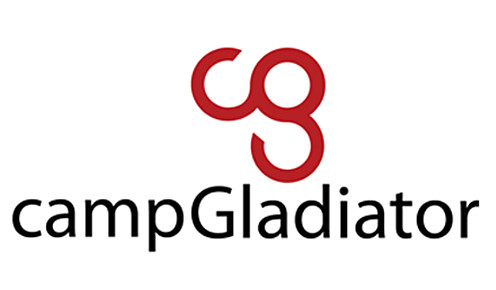I had three different clients in one day this week remind me how powerful the effects of dry needling treatment can be. They all had different problems and had been dealing with those issues for differing amounts of time. As usual for clients in pain who are missing out on things they want to do, they were pretty discouraged.
As part of their treatment program, I talked to them about potentially using dry needling to assist us in reaching our goals. I had the typical conversation describing the process and the science behind it; as well as the typical sensations one would experience when going through the process. They decided to try it. I don’t remember if they all did it on the same day but it worked out that all three came back for their next treatment on the same day. When I asked them to report on how the previous treatment went all three had varying ways of saying something like, “whatever we did last time really worked and we need to do it again!” That type of response has been much more prevalent in the past 6 years since starting to use needling as a treatment option.
With responses like that it would be easy to fall into the trap of thinking that dry needling will fix everything. I definitely have run into clients that think that, but I’ve learned the hard way that that isn’t true. We still have to do appropriate muscular reconditioning/retraining, joint alignment and mobility techniques as needed and movement pattern development and reinforcement drills to help fully eliminate symptoms and be able to maintain that long term.
That being said, I have been doing all of the things listed in that last sentence for my whole career. There is a clear improvement in how effective those tools are since I’ve started to use needling as a way to start and/or assist in the treatment process.
Dry needling has similar goals to other treatments such as massage and stretching but by being able to go internally to get to the heart of the problem it is usually more effective. The problem stems from a portion of muscle tissue that is unable to function properly due to altered local chemical balance. That can be caused by postural fatigue, muscle overuse, trauma or even spontaneous physiological dysfunction. Needling forces blood flow to get back to that area of altered chemistry. When blood flow returns the accumulated waste products can be removed and the energy molecule (ATP) can get to the muscle fibers and allow them to function normally again. That is a really quick description on how it works. Believe me, there is more science-some of which we are still figuring out.
If you experience pain and your therapist determines there is a muscular component to it you should consider dry needling as an option for dealing with the problem.
About the Author: Dennis Meszler, MPT, SCS
Dennis has 19 years of Physical Therapy experience in orthopedic settings. The last 6 years have been in a Sports Performance setting aimed at returning and maximizing athletic potential.
Education
- Bachelors Degree in Biology from University of Rochester in 1994
- Masters Degree in PT from University of Delaware 1997
- Sports Residency Program at University of Delaware 1997-1998
Sports Certified Specialist through the American Physical Therapy
Association in 2005 and recertified in 2015.









